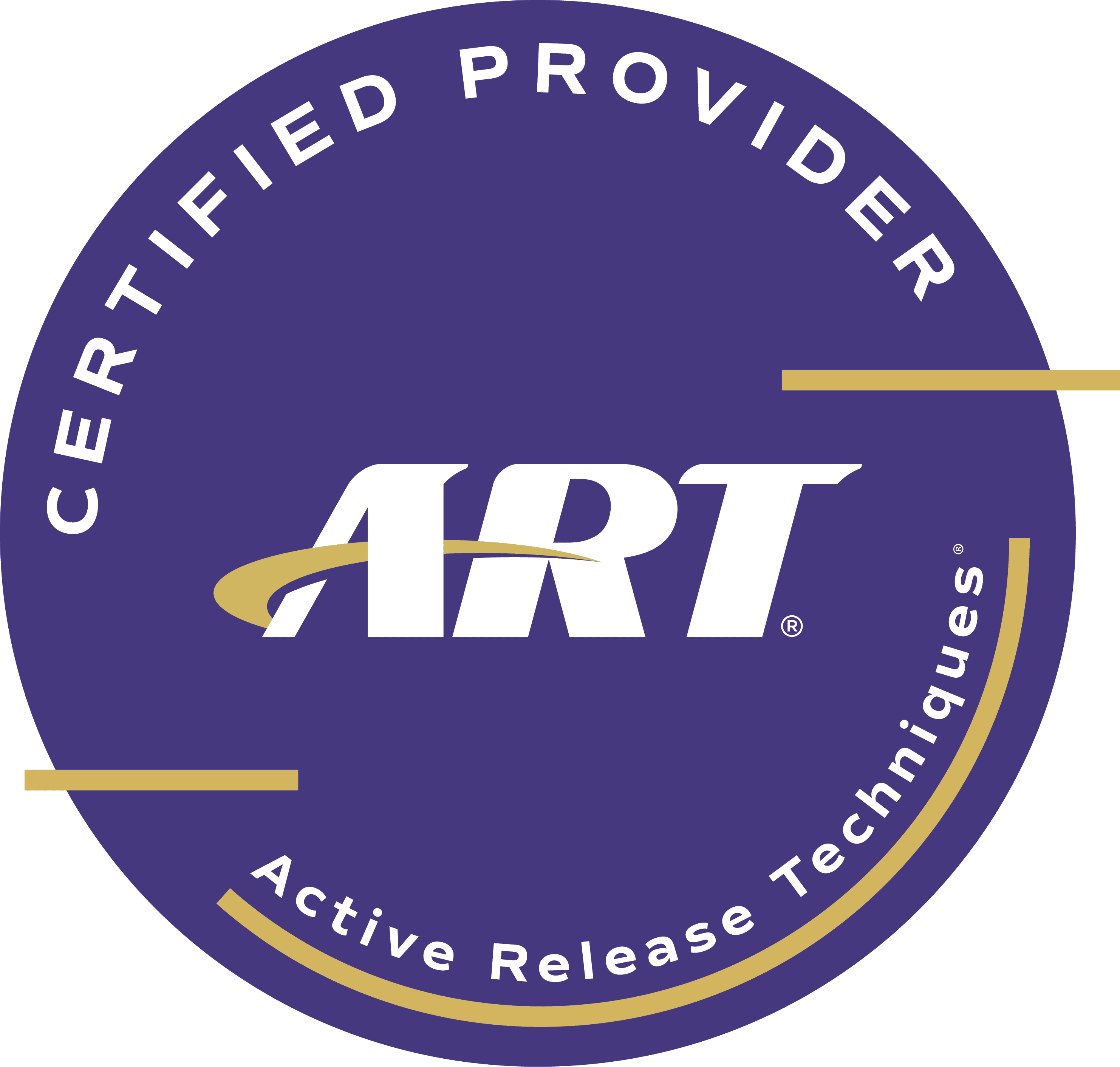Think Locally, Act Globally
There are often problems in the body that are not what they appear. Referred pain, where the source of the pain is distant from where it is experienced, is a well-established phenomenon. Likewise, these problems need to be treated in a location different from where they are experienced, sometimes in more than one location from where they are experienced. I often describe this situation to patients in terms of “victims” and “culprits”. The victim is what hurts, and culprit is the cause.
Many problems with the arms and legs are actually of this type, with the problem coming from the spine. The more difficult issue here is that the parts of the spine are interrelated. For example, a disturbance in the pelvis and low back can distort the posture of the upper back and neck. This means that even if the pain is experienced in the arm, spine treatment may need to happen in the neck, midback, and pelvis. In short, think locally (where the pain is), act globally (where the problem is).
Finally, it bears noting that fixing these problems is often a 3-step process:
- Fix the culprit. This is usually by improving how it moves.
- Heal the victim. This is sometimes spontaneous, healing of its own accord. When it is not, it may require ice, heat, ultrasound, electric stimulation, or other modalities to aid the process.
- Reprogram. The original vicious cycle of lost movement in the culprit and injury to the victim also corrupts the body’s software, which can perpetuate the problem even when the other two factors have been fixed. While these are often a spontaneous fix by returning to normal activities, we sometimes need to add particular exercises to get the nervous system to reboot the proper movement pattern.

